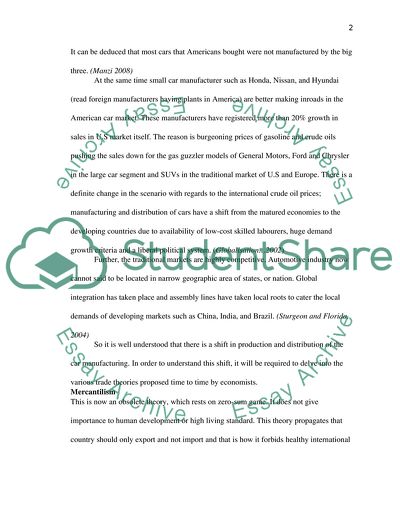Cite this document
(“Which trade theories can help us understand the distribution of car Essay”, n.d.)
Which trade theories can help us understand the distribution of car Essay. Retrieved from https://studentshare.org/macro-microeconomics/1574668-which-trade-theories-can-help-us-understand-the-distribution-of-car-production-in-the-world-economy
Which trade theories can help us understand the distribution of car Essay. Retrieved from https://studentshare.org/macro-microeconomics/1574668-which-trade-theories-can-help-us-understand-the-distribution-of-car-production-in-the-world-economy
(Which Trade Theories Can Help Us Understand the Distribution of Car Essay)
Which Trade Theories Can Help Us Understand the Distribution of Car Essay. https://studentshare.org/macro-microeconomics/1574668-which-trade-theories-can-help-us-understand-the-distribution-of-car-production-in-the-world-economy.
Which Trade Theories Can Help Us Understand the Distribution of Car Essay. https://studentshare.org/macro-microeconomics/1574668-which-trade-theories-can-help-us-understand-the-distribution-of-car-production-in-the-world-economy.
“Which Trade Theories Can Help Us Understand the Distribution of Car Essay”, n.d. https://studentshare.org/macro-microeconomics/1574668-which-trade-theories-can-help-us-understand-the-distribution-of-car-production-in-the-world-economy.


